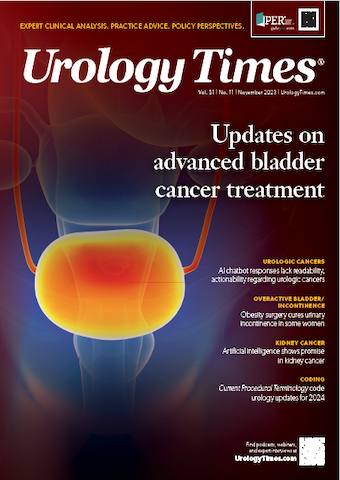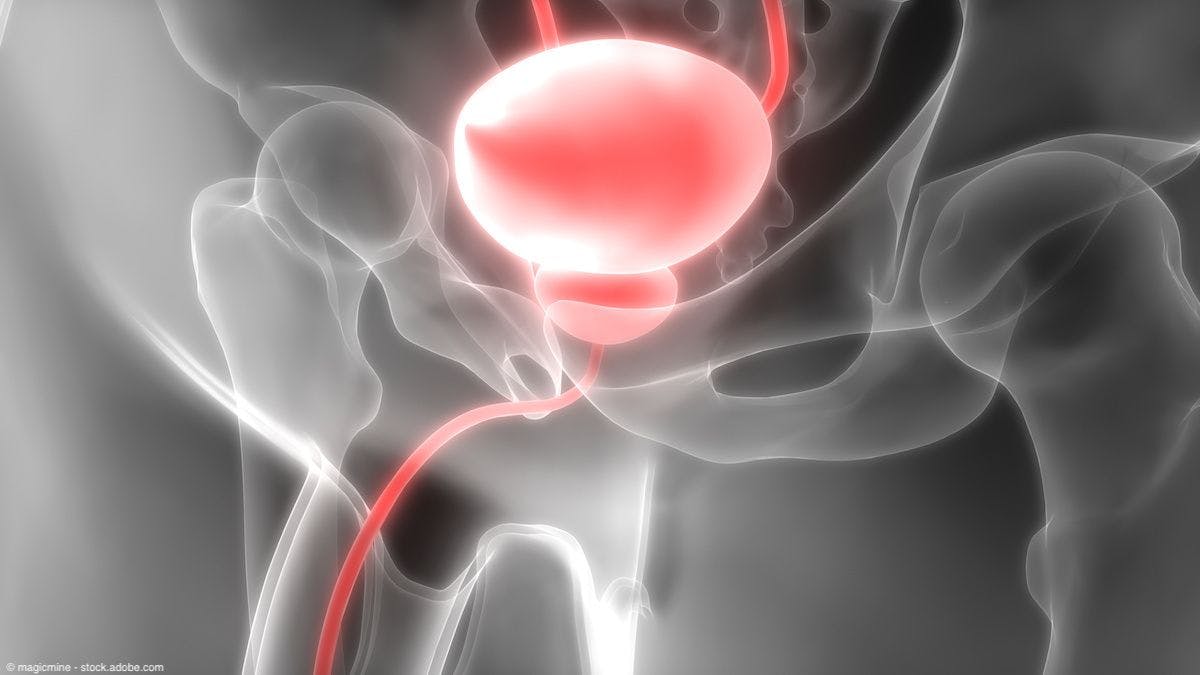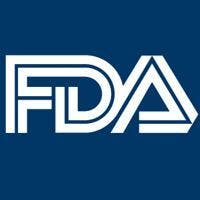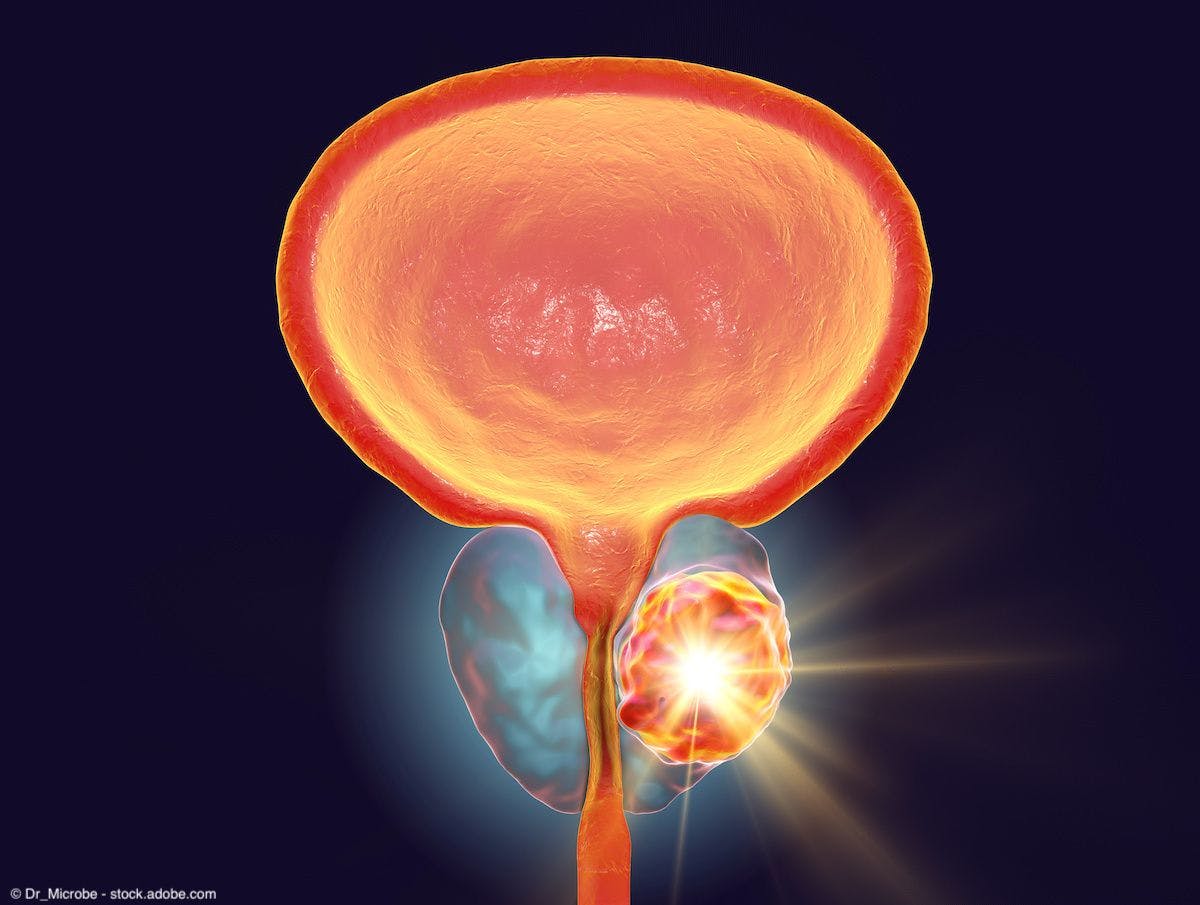News
Article
Urology Times Journal
FDA approves nedosiran for primary hyperoxaluria type 1
Author(s):
The approval is supported by findings from the phase 2 PHYOX2 trial and interim data from the phase 3 PHYOX3 extension study.
The FDA has approved nedosiran (Rivfloza) injection for the treatment of children 9 years and older and adult patients with primary hyperoxaluria type 1 (PH1) who have relatively preserved kidney function.1
Nedosiran is a once-monthly subcutaneous RNA interference therapy designed to lower urinary oxalate levels in patients with PH1.
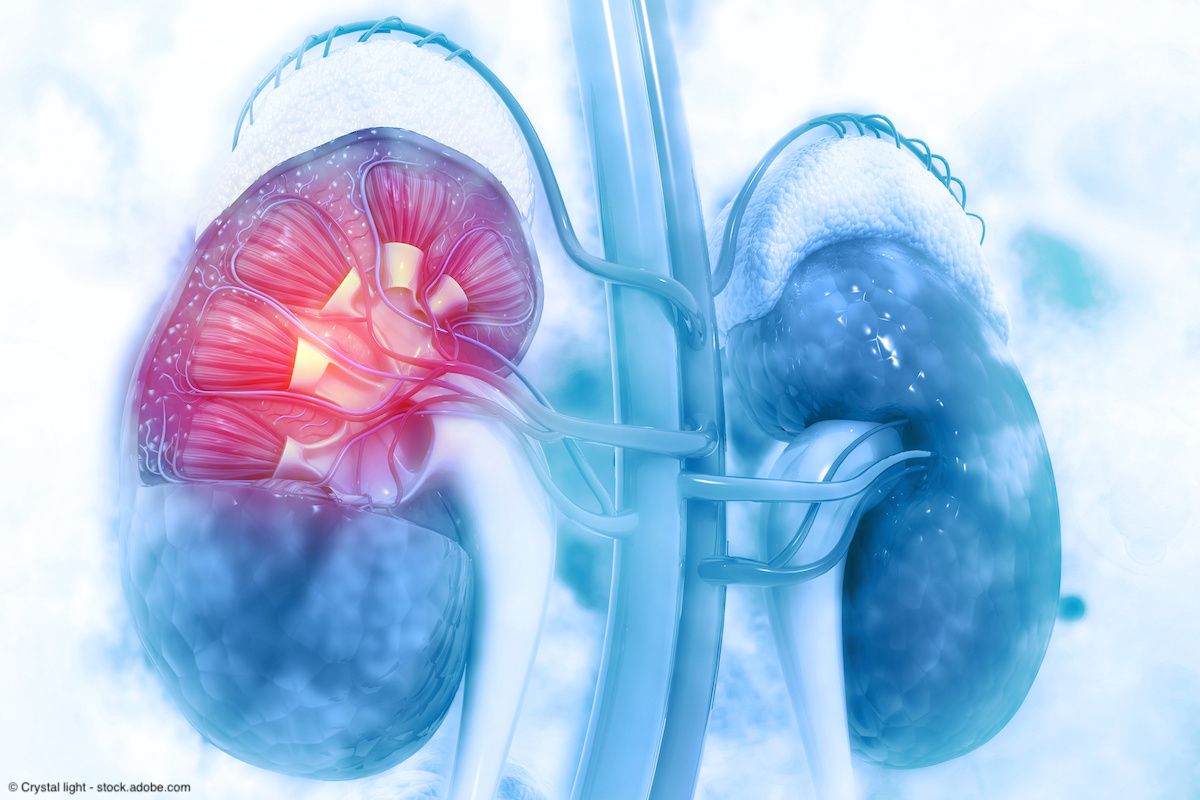
Nedosiran is a once-monthly subcutaneous RNA interference (RNAi) therapy designed to lower urinary oxalate levels in patients with PH1, which is a rare, inherited condition that leads to recurrent kidney stones and/or nephrocalcinosis and may lead to chronic kidney damage. Novo Nordisk, the company that acquired the developer of the therapy, Dicerna Pharmaceuticals, noted in a news release1 that about 2000 patients in the United States are estimated to be living with PH1.
"RNA interference is a proven treatment approach for individuals with PH1. With the approval of Rivfloza, we now have a novel treatment that lowers oxalate production safely and effectively. Using the GalXC RNAi platform, Rivfloza targets the liver-specific lactate dehydrogenase enzyme, which is the final step of oxalate production in PH1,” said David S. Goldfarb, MD, in the news release.1 Goldfarb is the clinical chief of nephrology at the NYU Langone Medical Center and a professor of medicine and physiology at the NYU Grossman School of Medicine in New York, New York.
Nedosiran has been approved at dose levels of 80 mg, 128 mg, and 160 mg. The approval is supported by findings from the phase 2 PHYOX2 trial2 (NCT03847909) and interim data from the phase 3 PHYOX3 extension study (NCT04042402).
The phase 2 PHYOX2 study2,3 enrolled 35 patients with PH1 or PH2 who were randomly assigned 2:1 to receive nedosiran or placebo. The primary end point of the study was the percent change from baseline in 24-hour urinary oxalate excretion from day 90 to day 180.
The trial met its primary end point by showing a significant reduction from baseline to 24-hour urinary oxalate excretion from day 90 to 180 with nedosiran compared with placebo. The least-squares mean between the group difference of area under the curve for percent reduction in 24-hour urinary oxalate was 4976 (95% CI, 2803-7149; P < .0001). Further, patients treated with nedosiran showed a significant reduction in plasma oxalate compared with patients who received placebo (P = .017). Injection site reaction was the most commonly reported adverse event, occurring in ≥ 20% of patients.
The phase 3 PHYOX3 extension study4 is an ongoing trial to assess the long-term safety and efficacy of nedosiran. In total, the study enrolled 13 patients. Interim results showed that the reduction in 24-hour urinary oxalate was maintained with an additional 6 months of treatment.
Kim Hollander, Executive Director of the Oxalosis & Hyperoxaluria Foundation, commented in the news release,1 "We appreciate Novo Nordisk's commitment to rare disease and welcome the addition of Rivfloza as a new treatment option that provides those 9 and older living with PH1 and their loved ones with more choices when working with their healthcare professional to select what treatment pathway is best for them."
References
1. FDA approves Rivfloza for children ≥9 years old and adults living with primary hyperoxaluria type 1 (PH1), a rare genetic condition. News release. Novo Nordisk. Published online and accessed October 2, 2023. https://www.prnewswire.com/news-releases/fda-approves-rivfloza-for-children-9-years-old-and-adults-living-with-primary-hyperoxaluria-type-1-ph1-a-rare-genetic-condition-301944564.html
2. Baum MA, Langman C, Cochat P, et al. PHYOX2: a pivotal randomized study of nedosiran in primary hyperoxaluria type 1 or 2. Kidney Int. 2023;103(1):207-217. doi: 10.1016/j.kint.2022.07.025
3. National Institutes of Health US National Library of Medicine ClinicalTrials.gov. A study to evaluate DCR-PHXC in children and adults with primary hyperoxaluria type 1 and primary hyperoxaluria type 2 (PHYOX2). Last updated June 22, 2022. Accessed October 2, 2023. https://clinicaltrials.gov/ct2/show/NCT03847909
4. National Institutes of Health US National Library of Medicine ClinicalTrials.gov. Long term extension study in patients with primary hyperoxaluria (PHYOX3). Last updated August 1, 2023. Accessed October 2, 2023. https://clinicaltrials.gov/ct2/show/NCT04042402
